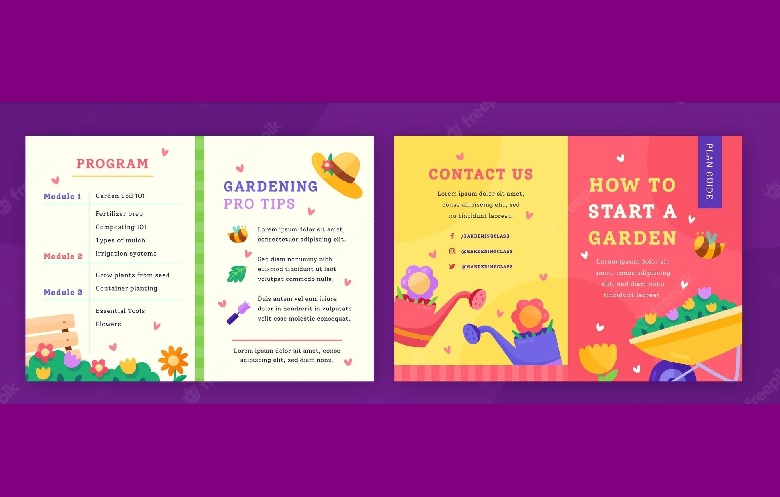Everyone who has ever grown a garden knows how difficult it can be to keep everything watered and thriving. Keeping plants properly hydrated is not easy, especially if you are unable to water them on a daily basis. There are many different ways that you can irrigate your garden, and it’s important to understand which one will work best for you and your specific needs. Fortunately, there are many irrigation resources available to help you determine the right watering methods for your garden. Here is everything you need to know about irrigation in general and the different types of irrigation systems.
What is irrigation?
Irrigation is the process of applying water to plants or soil, either by sprinkling, misting, or drip irrigating that water directly onto the roots, or by flooding the site of growing plants, such that the growing plants are partially or completely submerged in the water.
The primary goal of irrigation is to increase the amount of water available to plants. This can be accomplished in several ways, but almost all methods have the same goal in mind: supplying water where it is needed most. The two main reasons that irrigation is used are to increase the amount of water available to plants in dry areas and to prevent water loss due to evaporation.
Drip Irrigation
Drip irrigation involves installing a system that manually applies water directly to the roots of plants. Drip irrigation is commonly used in agriculture but can also be used in the home garden. This type of irrigation uses less water (which is a good thing) but it can take a lot longer to be effective.
Drip irrigation can be beneficial to both you and your plants. It’s an efficient way of watering since water only flows to the areas where it’s needed most. Since the water is applied directly to the roots, it doesn’t evaporate or get blown away by the wind like it does when watering with a sprinkler.
Sprinkler Irrigation
Sprinkler irrigation is one of the most common and effective methods of irrigation. It uses a system that automatically applies water to plants by way of sprinklers attached to a timer. Sprinklers are a great option for large areas of plants or gardens.
You can use a single sprinkler or multiple sprinklers to water your garden. Sprinklers are the most common type of irrigation used in residential gardening and can be used in almost any type of garden. They are simple to install, easy to maintain, and provide an even watering pattern.
Rotating Sprinkler Irrigation
Rotating Sprinkler Irrigation is similar to sprinkler irrigation, but instead of spraying water in a circle above the ground, it rotates back and forth above your plants. A rotating sprinkler can be a great option for gardens that have a limited amount of space. This is because rotating sprinklers can be installed closer together than traditional sprinklers.
Rotating sprinklers are especially helpful for gardens that have very sandy or clay soil because this type of irrigation will ensure that all parts of your garden receive an even amount of water.
Mist Irrigation
Mist irrigation is a very efficient watering method for gardens with smaller plants. It is also beneficial if you are trying to grow certain types of flowers or vegetables that you don’t want to get too wet. Mist irrigation is a good option if you want to keep your water usage as low as possible.
It’s important to note that this type of irrigation shouldn’t be used on vegetables that are sensitive to getting too wet, such as carrots or potatoes. Mist irrigation is incredibly efficient because it uses a very small amount of water per application. However, it is only suitable for smaller plants and gardens.
Aerator and Drainage Systems
Aerator and Drainage Systems are used to manage the water in your garden by controlling how much water is allowed to flow into the soil. This type of irrigation system is a good option if you are using some type of drip irrigation. There are a few different ways that aerator and drainage systems can work.
Aerator and drainage systems work by slowing down the flow of water and allowing for air to mix in with the water. This will help to prevent your plants from becoming waterlogged. The added air will also help the water seep deeper into the soil where your plants need it the most.
Which type of irrigation is best for your garden?
The best type of irrigation for your garden will largely depend on your specific needs and the plants you intend to irrigate. It’s important to take a number of different factors into consideration before making a decision.
If you’re growing vegetables, the most important thing to consider is the amount of water they need. Water is absolutely essential for the growth of plants, but too much water can be just as dangerous as too little. If you’re growing flowers, on the other hand, water isn’t as important. Flowers are less likely to suffer from drought-like conditions, so you don’t need as much water to keep them healthy. It can be a good idea to consult an expert on garden irrigation, Focal Point Landscape Maintenance provided expertise for this article and are an example of a professional irrigation expert.
Conclusion
Irrigation can be a tricky thing to master. If you don’t feel like you have the knowledge required to create a properly functioning irrigation system, it’s best to contact a professional. A professional irrigation company can help you choose the best irrigation method for your specific needs. Keep in mind that you don’t have to choose one type of irrigation for your entire garden. You can create a system that uses multiple watering methods to provide the best possible irrigation for your plants.

